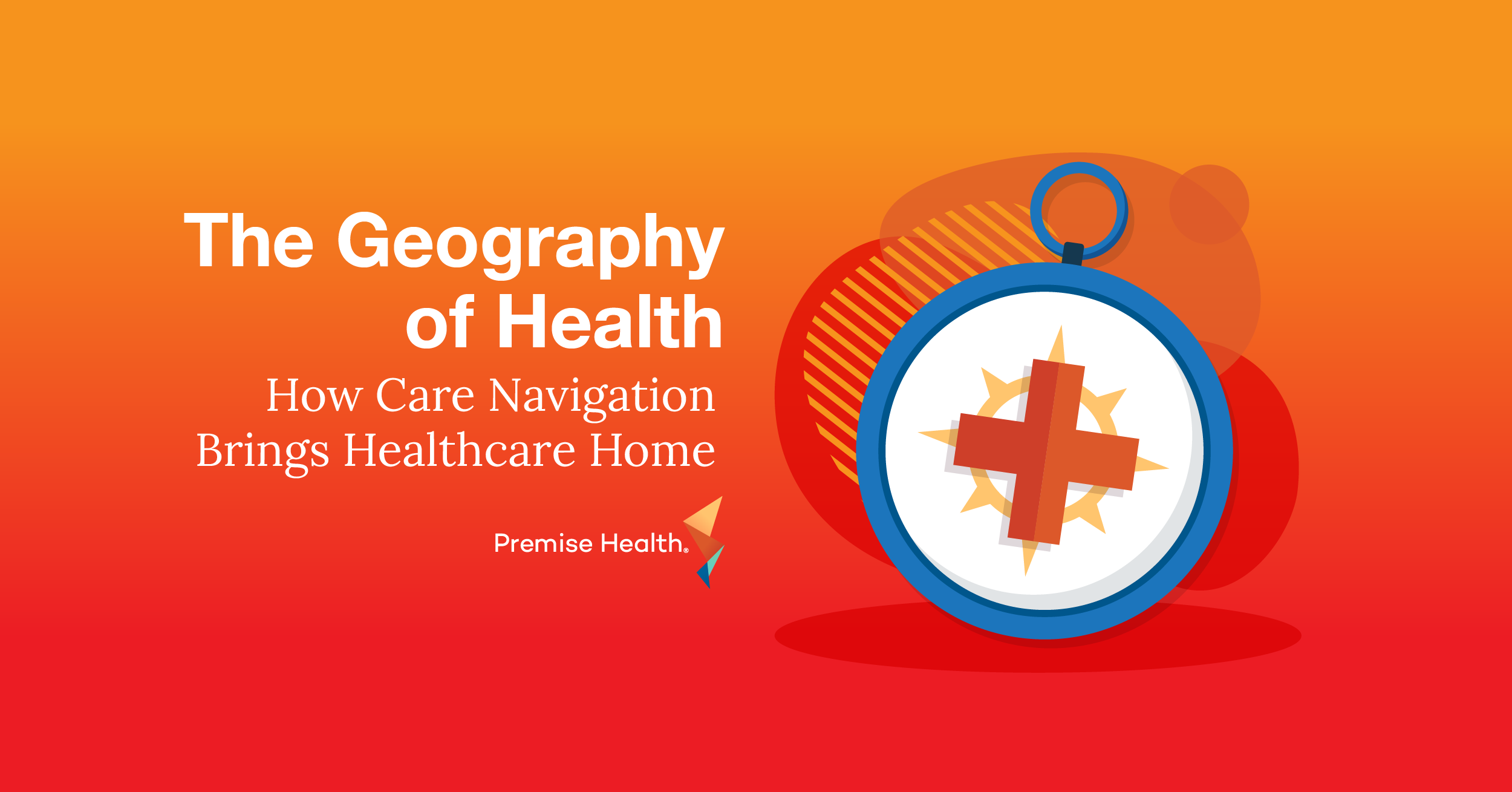What is Direct Healthcare? Our Industry, Defined.
The term “direct healthcare” isn’t new, but the definition has evolved over time – taking on new meaning as the U.S. healthcare landscape changed. In this blog, we dig into what it means, and why it matters.
What is direct healthcare?
Direct healthcare is healthcare directly purchased by and delivered to an organization and its members, with no third party in between. Most often, the purchasing organization is a large, self-funded employer, or another aggregating entity like an association, trust, Taft-Hartley plan, or labor union.
In a traditional healthcare setting, most services are at least partially paid for and directed by an insurance carrier. Direct healthcare bypasses this intermediary, and instead directly serves organizations and their members. According to a report from human resources consultant Mercer, one-third of employers with 5,000 or more employees offered direct healthcare at the worksite in 2018.
The term direct healthcare is sometimes used to describe direct-to-consumer business models, such as concierge care and direct primary care, which allow individuals to purchase healthcare services directly from a provider. However, this model is a much smaller segment of the overall market.
At Premise, we use the term direct healthcare to describe the business-to-business-to-consumer model, which captures ourselves and our work. We serve clients, including many large employers, by connecting their people to onsite, nearsite, and virtual health. Our industry includes a wide array of primary services, from occupational health and pharmacy to primary care, condition management and physical therapy. While it is sometimes called onsite or employer-sponsored healthcare, direct healthcare is broader than those terms imply, serving organizations of all types with high-value healthcare through a variety of access points.

What are the benefits of direct healthcare?
Accessing healthcare services directly, instead of through an intermediary, has many benefits. A few of the most common reasons organizations choose to invest in direct healthcare include:
1. Direct healthcare is high-quality healthcare.
In a direct healthcare model, the healthcare provider is held accountable to health outcomes by the client, that is, the organization purchasing services on behalf of its members.
This relationship offers a level of accountability and transparency that is not found in the community. Direct healthcare providers are incentivized to take every step necessary to ensure patients receive care that combines evidence-based best practices with a strong patient-provider relationship. For Premise clients, this focus on quality means their members benefit from having more face-to-face time with their providers, which offers the opportunity to address both immediate health needs, like a sore throat, and long-term concerns, like preventive care and lifestyle counseling.
2. Direct healthcare delivers a seamless healthcare experience.
The healthcare experience in a traditional setting is often antiquated and inconvenient. For example, many providers continue to use fax machines to transmit health records. Worse, the average wait to schedule a first-time appointment with a physician is 24 days in many metropolitan areas – a 30 percent wait time increase since 2014. This wait contributes to the nearly $530 billion employers lose every year in illness-related productivity costs, by making it difficult for their members to get care.
Direct healthcare addresses these challenges by connecting members to accessible healthcare and a seamless experience. Members benefit from same-day appointments and short wait times, as well as access to technologies like secure messaging and virtual health visits. Consider the difference in net promoter scores between traditional and direct healthcare: while traditional healthcare organizations typically score in the low 30s in this satisfaction measure, Premise has earned a score of 91.
We believe greater healthcare access and a seamless experience are critical parts of high-quality healthcare. When it is easy for people to receive the care they need – especially care that is important, but not urgent, like preventive screenings and follow-up visits – they are more likely to make time for their health. Over time, better experiences lead to better outcomes.
3. Direct healthcare offers financial value.
Employers project their healthcare benefit costs to reach $14,800 per employee in 2019, a 5 percent increase for the sixth year in a row. Employers are frustrated by these rising costs, and they are looking for ways to address them. Increasingly, they are turning to direct healthcare as a strategy because of its focus on health outcomes. By helping employees be healthier, employers can slow and even reverse their healthcare spend, instead of simply containing it for another year.
For most organizations, direct healthcare is an investment that pays for itself over time. In a study of 85,000 eligible lives, Premise clients realized 27% gross savings.
4. In direct healthcare, the financial incentives are aligned.
Traditionally, healthcare organizations in the community were paid by health insurance carriers based on a fee-for-service model, which compensated them for the number of visits they completed or procedures they performed. In this model, this incentive becomes to see as many patients as possible, which detracts from the quality of care.
It is now well documented that this payment model is misaligned with the goal of healthcare, which should be to help people live healthier lives. Instead, it has led to unnecessary healthcare spending and created an inefficient system that doesn’t deliver the value patients expect. Healthcare providers and insurance carriers are now moving away from fee-for-service, and toward value-based models. But healthcare is complex – and change comes slowly.
In contrast, the financial incentives in a direct model are aligned with the goal of helping people live healthier. Direct healthcare providers are fully accountable to consumers and patients, and they are paid on their ability to achieve goals like enhancing outcomes and increasing patient satisfaction. At Premise, we focus not only on the cost and quality of care, but also on components like convenience and experience, because that’s how we can be most successful.

What’s next for direct healthcare?
At Premise, we believe direct healthcare has the potential to drive change throughout the entire healthcare ecosystem. Employers foot the bill for half of the population – almost 160 million Americans, and healthcare is the second largest line item in the budget, after labor, for many industries. The size of their impact means they have a tremendous opportunity to disrupt healthcare and innovate within the system. From enhancing transparency, to increasing access and driving accountability around value delivery, organizations are positioned to tackle some of the most entrenched challenges in healthcare – and to drive real results.
Already, direct healthcare is on the rise, having grown rapidly throughout 2018. It’s a trend we expect to continue in 2019, bringing this model to many more organizations nationwide. In a broken healthcare system, direct healthcare offers an alternative to the status quo – and a path forward to a brighter healthcare future.
Has your organization considered investing in direct healthcare? Tell us your reasons.
Next on industry insights.

The Geography of Health: How Care Navigation Brings Healthcare Home
Read the Blog
Why Payers Need Advanced Primary Care
Read the Blog